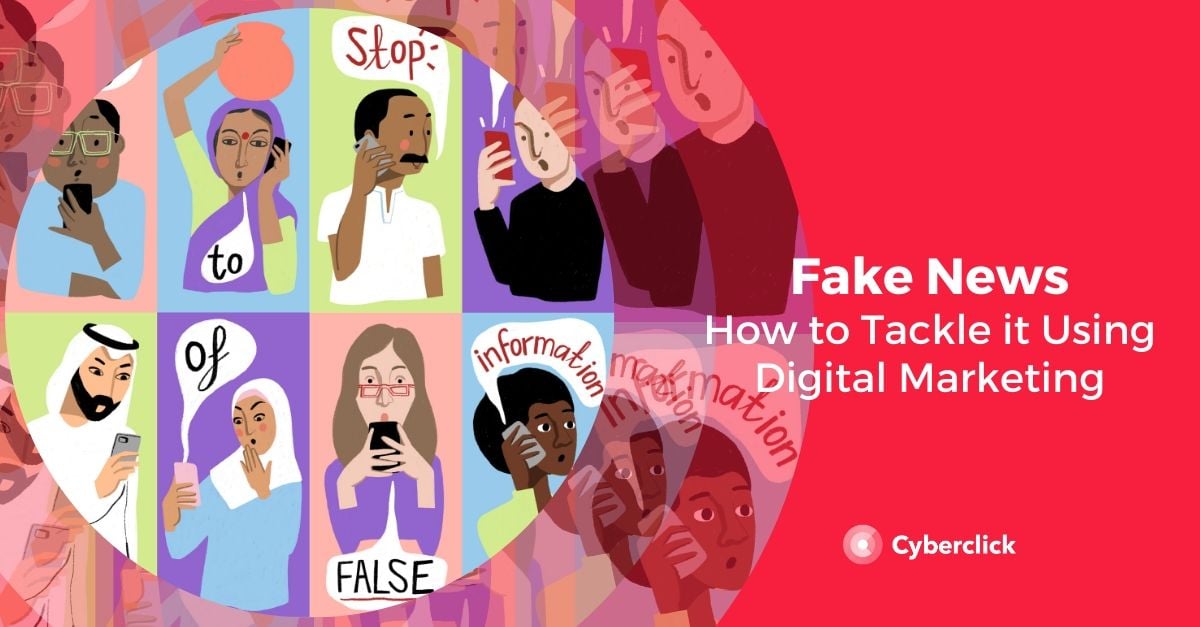Imagine scrolling through your social media feed and instantly recognizing a brand just by its color scheme or the way its message sounds, before even seeing its logo. This is the power of brand consistency, an important factor in today’s cluttered digital marketplace.
Consumers engage with brands through multiple digital touchpoints every day, whether it’s websites, social media, emails, podcasts, or online ads. With so many channels involved, your brand identity must remain clear and consistent across all of them. Otherwise, you risk confusing your audience, weakening your message, and losing their trust.
Below, we’ll explore why brand consistency matters, examine its impact on marketing performance, and share practical strategies to maintain it. Whether you’re a startup or an established agency, these insights can help you build a unified brand that truly resonates and drives results.

What Is Brand Consistency?
Brand consistency means delivering a cohesive and unified brand experience at every customer touchpoint. It’s about presenting your brand’s visual and verbal identity in a way that’s immediately recognizable, regardless of the platform.
Visual consistency includes your logo, color palette, typography, imagery style, and even layout choices. For example, using the same shade of blue and font family in your Instagram posts, website, and newsletters strengthens recall. Verbal consistency covers your tone of voice, messaging themes, taglines, and storytelling style.
Whether your brand is playful and informal or professional and authoritative, your personality should shine through consistently. The combined effect creates an emotional connection with your audience, making them feel familiar and comfortable with your brand, key ingredients for loyalty and advocacy.
Why It Matters More Than Ever
Today’s consumers interact with brands across a wide variety of platforms. They might first discover you on social media, check out reviews on other sites, browse your website, and then receive an email or targeted ad, all before making a purchasing decision. If the experience feels fragmented or inconsistent at any point, you risk losing their attention and trust.
Consistency helps create a sense of familiarity that naturally builds trust over time. When customers recognize your brand, they feel more confident choosing you over competitors. This reinforces your brand identity in their minds and makes your business memorable.
Beyond recognition, consistent branding also increases the effectiveness of your marketing efforts. Clear, repeated messaging cuts through the noise of a crowded marketplace, making it easier for your audience to understand what you stand for and why they should engage with you. This encourages deeper connections, higher engagement rates, and ultimately increases conversions, whether that’s signing up for a newsletter, requesting more information, or making a purchase.
In short, maintaining brand consistency is not just about aesthetics or messaging; it’s a strategic approach that builds trust and maximizes the return on your marketing investments.
Real-World Examples of Brand Consistency Done Right
To understand brand consistency in action, let’s examine some of the world’s leading brands.
Nike
Nike’s brand is iconic for its consistency. Their bold “Just Do It” slogan, paired with a confident and motivational tone, appears across all channels, social media, commercials, retail stores, and their app. Their visual identity uses strong, minimalist design with a recognizable black and white palette. This unified presentation makes Nike instantly identifiable anywhere in the world.
Spotify
Spotify’s branding is vibrant, youthful, and playful. Their unique green color and simple, modern typography appear throughout the app, ads, social content, and even offline marketing. They adapt their messaging per channel, fun and informal on social media, more functional and sleek in the app, but never lose their core identity. Their yearly “Wrapped” campaign is a great example of brand consistency paired with creative storytelling.
Slack
Slack’s consistent use of bright, approachable colors and friendly, helpful messaging across emails, product UI, and marketing materials reinforces its brand promise: making work communication simple and enjoyable.
The Risks of Inconsistency
Inconsistent branding can have serious repercussions. It confuses your audience because mixed signals about your brand’s values, voice, or quality make it harder for customers to connect or even recognize you.
Additionally, inconsistency dilutes brand equity, making your brand forgettable and weakening your competitive advantage. Inconsistency also erodes trust. This is especially damaging in industries like finance, healthcare, or education, where credibility is critical.
Moreover, inconsistent branding wastes marketing resources because misaligned messaging and visuals reduce the impact of campaigns, leading to higher acquisition costs and lower retention rates.
Finally, it impacts employee engagement, since your team and partners need clear brand guidelines to confidently represent your brand. Without them, internal confusion can lead to inconsistent customer experiences.
How to Maintain Brand Consistency Across Channels
Maintaining brand consistency requires deliberate effort involving people, processes, and technology. Start by developing a comprehensive brand style guide that documents every detail, from color codes and font sizes to tone of voice and messaging pillars. Make sure this guide is accessible to everyone involved in content creation and marketing.
Next, centralize your assets and templates using tools like Canva Pro’s Brand Kit, Adobe Creative Cloud Libraries, or a digital asset management system to make it easy for teams to find and use the right logos, images, and fonts. It’s also important to train your team and partners so everyone understands the why and how of your brand identity, including freelancers and agencies. Regular content audits should be scheduled quarterly or biannually to check for inconsistencies using tools like SEMrush or Brandwatch to monitor your online presence.
Using marketing automation and scheduling platforms such as HubSpot, Buffer, or Hootsuite helps maintain consistency in timing, tone, and messaging. When incorporating AI tools for copy or design, always review AI-generated content through the lens of your brand guidelines, since AI can speed up production, but humans ensure it feels on-brand.
Finally, encourage feedback by inviting sales, support, and customer teams to share insights about customer perceptions and use that feedback to refine brand messaging and visuals.
Consistency Builds Connection
Brand consistency is the foundation for building strong relationships with your audience. It creates familiarity that fosters trust, improves recognition, and ultimately drives growth. Consistency is not about rigid repetition but about delivering a cohesive, authentic experience that feels unmistakably yours.
Content & Marketing Strategist en Cyberclick. Apasionada por la comunicación, la generación de contenidos y el mundo audiovisual. Graduada en Periodismo por la Universidad Autónoma de Barcelona.
Content & Marketing Strategist at Cyberclick. Passionate about communication and content creation. Tanit holds a degree in Journalism from the Autonomous University of Barcelona.






Leave your comment and join the conversation